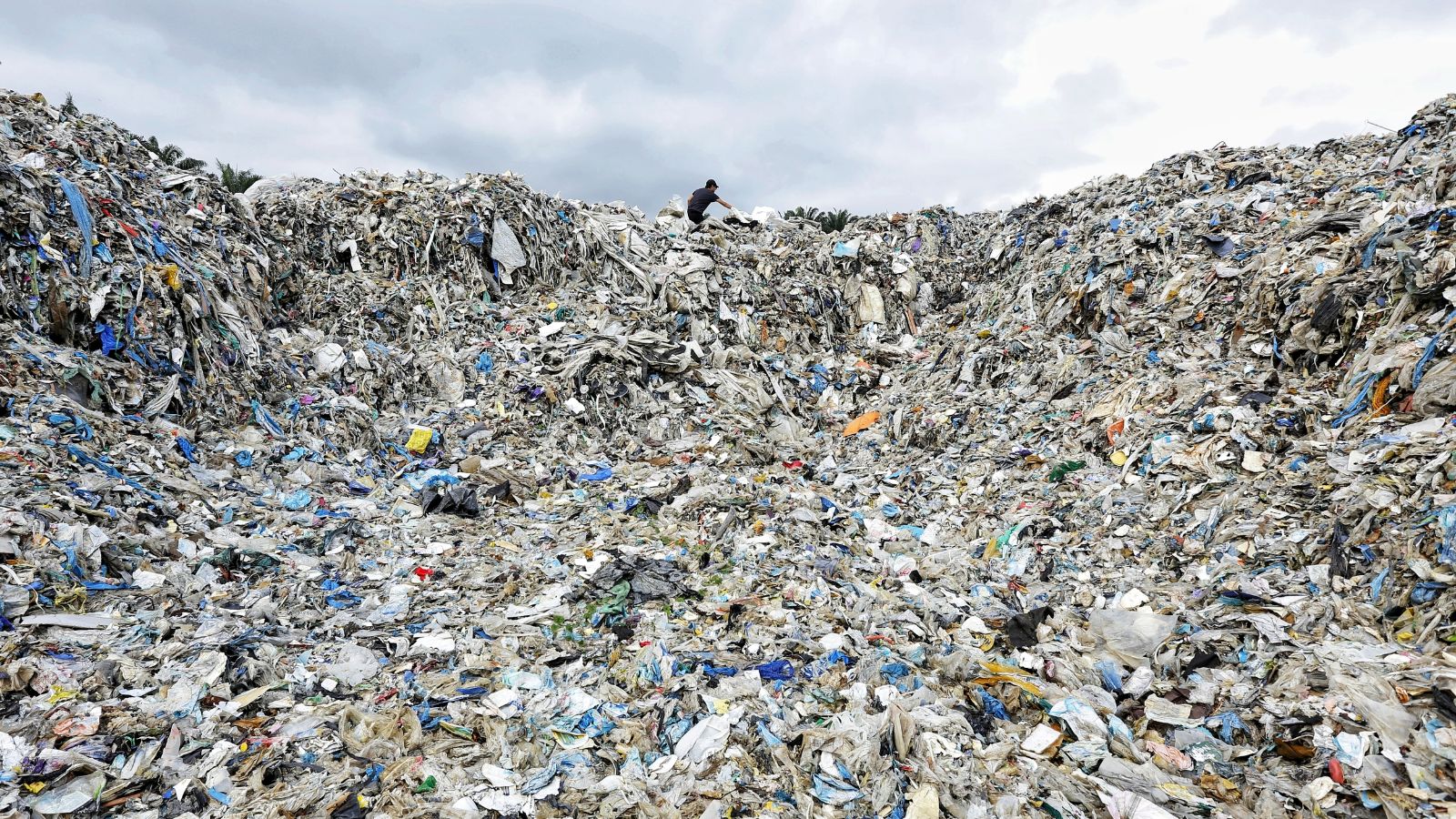Talk to a specialist

Darren Wingfield
Commercial Manager
Leave your details below and we’ll give you a call to chat about how we can help your business move forward.

Darren Wingfield
Commercial Manager
Leave your details below and we’ll give you a call to chat about how we can help your business move forward.


We’re sure we’re not the first ones to point out to you that more and more businesses are going green with each passing year.
Whether it’s inspired by closely held brand values or swinging consumer preferences, eco-friendly business practices are becoming commonplace in more and more industries.
In fact, the majority (58%) of business owners have actively started to look into improving their sustainability credentials.
If you’re in the 42%, now’s a better time than ever to start putting environmental steps in place.
That’s because, as of April 2022, the UK Government introduced a new tax applied to plastic packaging manufacturing and imports.
What does this mean for UK businesses right now and in the future? Let’s find out.
What is the Plastic Packaging Tax?
The Plastic Packaging Tax is a fundamental part of the UK Government’s environmental and sustainability scheme, first devised as far back as 2018.
The tax is imposed on the manufacturing and importation of plastic packaging that consists of under 30% recycled material. Plastic packaging made of over 30% recycled material isn’t affected, providing the weight of the plastic isn’t higher than the recycled components.
Packaging comprising multiple materials (such as plastic, cardboard and paper) is also subject to these same weight thresholds.
This legislation was introduced on 1st April 2022, meaning only plastic packaging that has been manufactured or imported after this date should be included in tax calculations.
Any tax returns must be submitted within the four accounting periods of each year:
How is Plastic Packaging Tax paid?
If you're eligible to pay Plastic Packaging Tax, you’ll be charged at a rate of £200 per metric tonne of packaging.
The tax is charged to the manufacturers and importers - not customers - although the former are of course welcome to increase their prices to cover any additional costs incurred.
Businesses ??manufacturing or importing 10 or more tonnes of plastic packaging within a 12-month period need to register for the Plastic Packaging Tax ahead of time.
Even if your business utilises plastic packaging, if it falls below this 10-tonne weight threshold, you won’t have to pay Plastic Packaging Tax. As a result, smaller businesses will likely find themselves exempt.
If your business is eligible to pay Plastic Packaging Tax, official gov.uk advice recommends following these simple steps:
How to register for Plastic Packaging Tax
Businesses can register for Plastic Packaging Tax via this online form.
You’ll need the following details to hand:
What needs to be included in your tax return?
Proper financial record keeping is integral to ensuring a sufficient Plastic Packaging Tax return.
At a minimum, look to keep thorough documentation on:
It’s always a good idea to keep these records even if you fall under the 10-tonne threshold, just to be sure you have proof for HMRC (should they ever request to see it).
When filling out your Plastic Packaging Tax return, always include the following (whenever applicable):
How to avoid the Plastic Packaging Tax
You may be eligible to defer liability or claim credit to avoid paying the Plastic Packaging Tax, providing the packaging was:
You can claim credit on the Plastic Packaging Tax paid if your packaging is:
This credit must be claimed within 2 years of the packaging being manufactured, imported or converted and accounted for on your tax return.
Of course, the easiest way to avoid being subject to the Plastic Packaging Tax is to go green!
This is, after all, the intention of the tax’s introduction - to encourage businesses and empower consumers to make green purchases.
The UK Government has forecast that the tax will only actually impact around 20,000 businesses, with the majority exploring recycled and more sustainable alternatives instead.
With this in mind, be sure to speak to your suppliers to see what alternative options are available to you.
Following the introduction of this tax, some suppliers might be keen to offload extra supplies of plastic packaging solutions. With this in mind, be sure not to be distracted by cheaper prices and always remember to factor in the additional costs now associated with these materials.
Going green is in the best interests of everyone, from businesses and consumers to Mother Earth herself. For some support with plotting the course to a greener and more profitable future, reach out and discover how we can help.